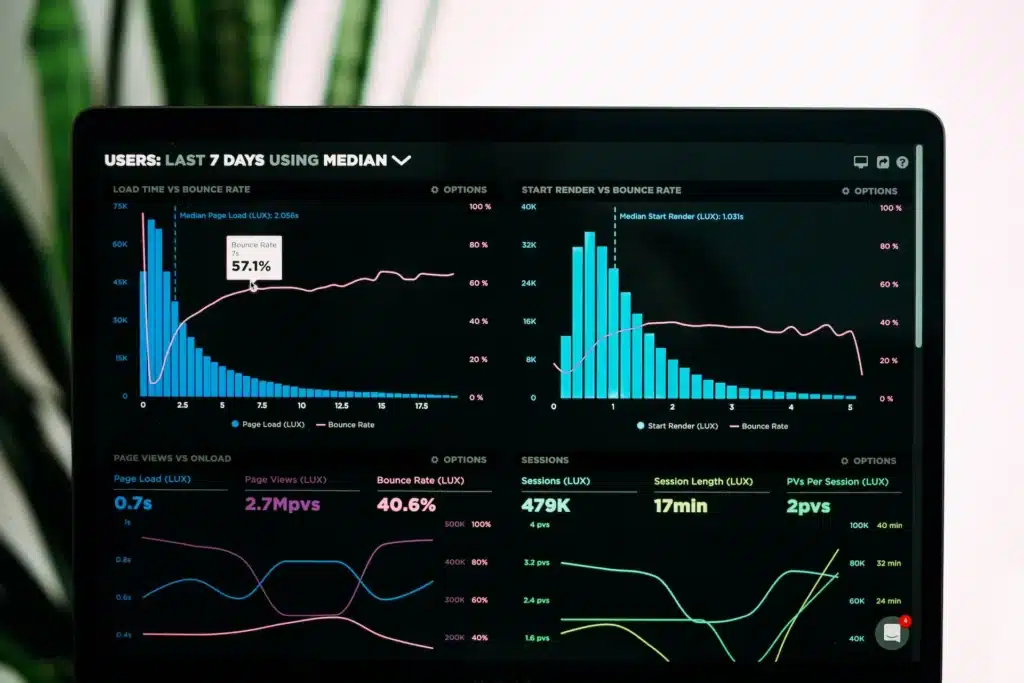In recent years, large language models have made significant strides in natural language processing (NLP) and artificial intelligence (AI). These models, which are trained on vast amounts of text data, have shown impressive capabilities in tasks such as language translation, text summarization, and question-answering.
But what does this mean for businesses? How can large language models be applied in a business context, and what impact will they have on industries and organizations?
In this article, we will explore the future of large language models in business and the potential applications and benefits they offer.
What Are Large Language Models?
Before we dive into the potential of large language models in business, let’s first define what they are.
Large language models are AI models that are trained on massive amounts of text data, typically using deep learning techniques. These models are designed to understand and generate human language, making them powerful tools for natural language processing tasks.
Some of the most well-known large language models include ChatGPT, Bard, and Llama. These models have been trained on billions of words and have shown impressive capabilities in understanding and generating human language.
Business Applications of Large Language Models
So, how can businesses leverage large language models? Here are some potential applications and use cases:
Customer Service and Support

One of the most promising applications of large language models in business is in customer service and support. With the ability to understand and generate human language, these models can be used to power chatbots and virtual assistants that can handle customer inquiries and support requests.
This can greatly improve the efficiency and effectiveness of customer service, as these chatbots can handle a high volume of inquiries and provide quick and accurate responses. This not only saves time and resources for businesses but also improves the overall customer experience.
Content Creation and Curation
Large language models can also be used for content creation and curation. These models can generate human-like text, making them useful for tasks such as writing product descriptions, social media posts, and even articles.
In addition, these models can also be used for content curation, where they can analyze and summarize large amounts of text to provide relevant and valuable information for businesses. This can be particularly useful for industries such as news and media, where there is a constant need for up-to-date and relevant content.
Market Research and Analysis

Another potential application of large language models in business is in market research and analysis. These models can analyze large amounts of text data, such as customer reviews, social media posts, and news articles, to provide insights and trends in consumer behavior and sentiment.
This can help businesses make data-driven decisions and stay ahead of market trends. For example, a company can use large language models to analyze customer reviews and identify common pain points or areas for improvement in their products or services.
Language Translation
Large language models have also shown impressive capabilities in language translation. With the ability to understand and generate human language, these models can be used to translate text from one language to another with high accuracy.
This can be particularly useful for businesses that operate globally or have a diverse customer base. With large language models, businesses can easily translate their content and communications into different languages, improving communication and accessibility for their customers.
The Benefits of Large Language Models for Businesses
So, what benefits do large language models offer for businesses? Here are some potential advantages:
Improved Efficiency and Productivity

One of the most significant benefits of large language models for businesses is improved efficiency and productivity. With the ability to handle tasks such as customer inquiries, content creation, and market research, these models can save businesses time and resources.
For example, a chatbot powered by a large language model can handle a high volume of customer inquiries, freeing up human employees to focus on more complex tasks. This can greatly improve the efficiency of customer service and support, as well as other business processes.
Enhanced Customer Experience
Large language models can also improve the overall customer experience for businesses. With the ability to understand and generate human language, these models can provide quick and accurate responses to customer inquiries, improving response times and reducing the likelihood of errors.
Additionally, large language models can also personalize interactions with customers, making them feel more valued and improving their overall satisfaction with the business.
Data-Driven Decision Making

Another significant benefit of large language models for businesses is the ability to make data-driven decisions. With the ability to analyze large amounts of text data, these models can provide valuable insights that can inform business strategies and decisions.
For example, a company can use large language models to analyze customer reviews (as mentioned previously) and identify common pain points or areas for improvement in their products or services. This can help businesses make data-driven decisions to improve their offerings and stay ahead of the competition.
Challenges and Considerations for Businesses
While large language models offer many potential benefits for businesses, there are also some challenges and considerations to keep in mind. These include:
Data Privacy and Security

One of the main concerns with large language models is data privacy and security. These models are trained on vast amounts of text data, which may include sensitive information such as personal conversations and private documents. Businesses must ensure that they have proper data privacy and security measures in place when using large language models to protect their customers’ data and maintain trust.
Bias and Fairness
Another consideration when using large language models is the potential for bias and fairness issues. These models are trained on data from the internet, which may contain biases and prejudices that can be reflected in the model’s outputs. Businesses must be aware of these potential biases and take steps to mitigate them, such as using diverse training data and regularly monitoring and evaluating the model’s outputs.
The Future of Large Language Models in Business

The future of large language models in business is bright. As these models continue to improve and evolve, they will offer even more capabilities and potential applications for businesses.
Also, as businesses become more data-driven and AI-driven, large language models will play a crucial role in helping them make data-driven decisions and stay ahead of the competition.
Conclusion
Large language models offer many potential benefits for businesses, from improving efficiency and productivity to enhancing the customer experience and enabling data-driven decision-making. As these models continue to evolve and improve, they will play an increasingly important role in business operations and strategies. Businesses that embrace and leverage large language models will have a competitive advantage in the future of AI and NLP.




